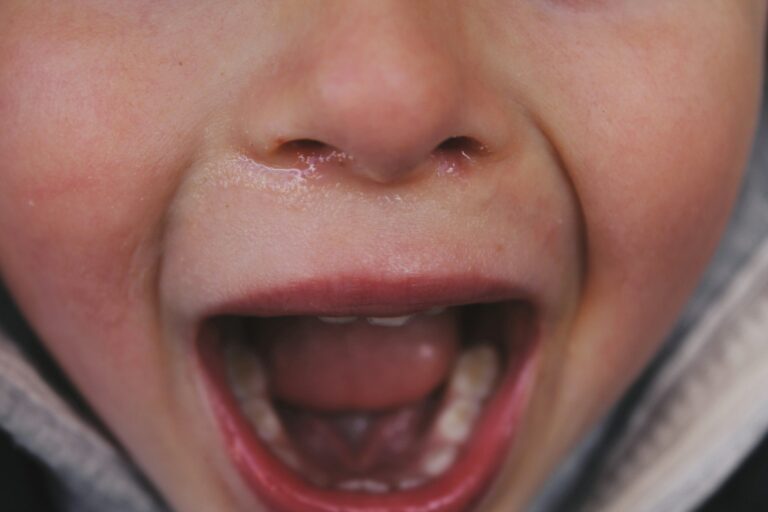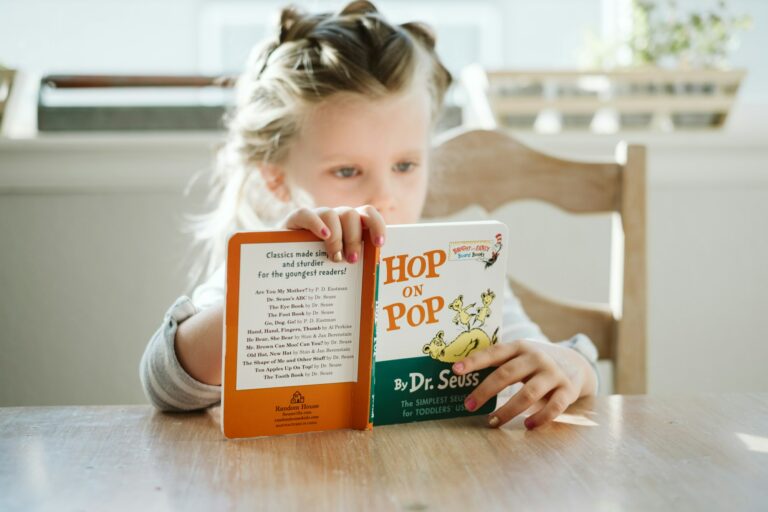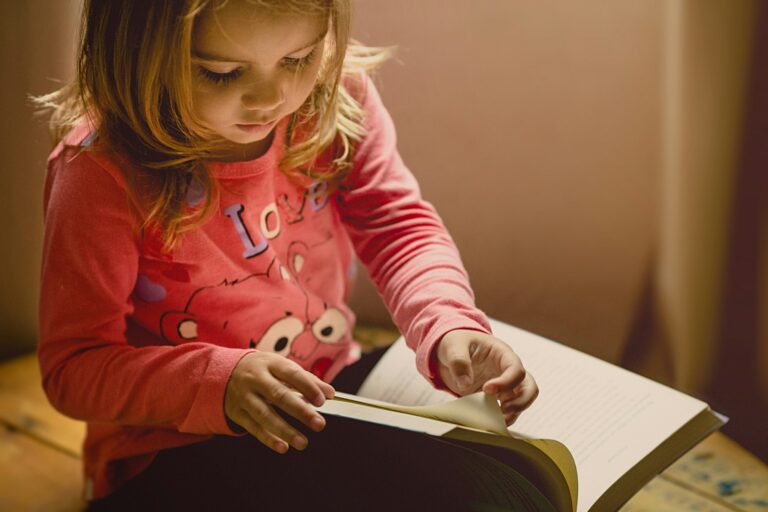Gifted child. Two words that can spark both admiration and a wave of questions in any parent’s heart. Why does my child ask such unusual questions? How come learning new things comes so naturally? And yet, at the same time, why does he sometimes seem restless or even upset at small mistakes? For many, discovering that their child is considered a gifted child opens up a whole landscape of hopes, uncertainties, and, very often, confusion about what to do next. Giftedness is not only about having a quick mind or being first in the class—it’s a story of contrasts, nuances, and, above all, individuality, often accompanied by both bright and shadowy moments. Recognising, nurturing and supporting a gifted child is not only a journey about academic acceleration or advanced mathematics; it’s just as much about understanding emotional needs, supporting social growth, and balancing the powerful need for intellectual challenge with everyday childhood experiences. Let’s break down what it really means to raise and support a gifted child, from early signs to effective day-to-day strategies.
Recognising a gifted child: signs and distinguishing traits
How do you spot a gifted child? Sometimes, it’s as if your little one picks out new words faster than you can google their meanings. Maybe problem-solving seems almost instinctive; perhaps your child memorises dinosaur names with an accuracy even adults hesitate to match. Key signs include accelerated language development, a flexible and advanced memory, and the uncanny knack of grasping concepts long before their peers.
But there’s more—some gifted children display what specialists describe as “asynchronous development,” where mental speed races ahead while emotional reactions may remain more age-appropriate, or, in certain moments, seem even more sensitive than expected. The spectrum is wide: curiosity often runs deep, sometimes bordering on obsessive—imagine a preschooler fascinated by the solar system down to the number of Saturn’s moons. Take note as well of abstract reasoning making its appearance surprisingly early and an almost magnetic pull towards fairness and justice—standing up for playground rules with an intensity rarely seen in other children.
It’s common for a gifted child to say, “That’s not fair!”—and mean it sincerely. Socially, these children might seek the company of older children or adults, sometimes feeling distant from age-mates. While some thrive among peers, others can experience isolation, especially when quirky humour or a penchant for long-winded explanations leaves classmates puzzled. The combination of hyper-focus, deep empathy, and a preference for doing things “in my own way” forms a mosaic—rich, sometimes challenging, always unique.
Dimensions of giftedness: exploring unique profiles
Giftedness presents itself in dazzling variety. Intellectual brilliance is perhaps the most well-known—lightning-fast learning, an almost effortless memory for facts, and skill in analysing intricate problems. But other dimensions are equally significant. Creative gifted child profiles shine in storytelling, music, art, or original play—think of a child who invents complicated tales or hums intricate melodies before bedtime. There’s also a special type of leadership giftedness, marked by the rare ability to organise, motivate, and empathize well beyond the expected age. Some express psychomotor giftedness, dazzling on the sports field or dance stage with coordination and agility that come almost naturally. Musical giftedness brings its own set of wonders—prodigious sense of rhythm, pitch, or composition skills that can make even adults pause in astonishment.
Many gifted children might sparkle across more than one area. There are those who, besides reciting mathematics tables, ask existential questions—wondering about life, death, or the stars, seemingly out of nowhere, making parents marvel and worry, all at once.
Identifying a gifted child: practical steps for parents
Spotting the signs early—whether it’s your toddler “reading” the back of a cereal box or the fascination with numbers and patterns—can help guide support in the right direction. Sometimes, walking early or talking in full sentences months ahead of peers catches your attention. Yet, it’s not always cut and dried. A child may seem “late” to a milestone but quickly leap to an advanced level soon after.
What’s the next step? Experts recommend multi-pronged evaluation—clinical and educational assessment, direct observation, creative tasks, evaluation of work samples, and, for older children, standardized IQ testing such as the WISC V (from around age 8) or similar scales. Teachers’ input is invaluable—they see your child interact in group settings, respond to instructions, or discover patterns across learning situations. Parents often observe at home milestones: the all-consuming curiosity about prehistoric creatures, or how homework becomes a project of its own, expanding into science experiments in your kitchen.
Importantly, giftedness is not just high grades or exceptional effort—it’s about how the mind processes and connects ideas. Uneven development is common—a child may solve puzzles weeks ahead of classmates, yet struggle with tying shoelaces or become quickly discouraged by minor setbacks. Professional assessments, especially when confusion arises with conditions like ADHD or autism, provide clarity and targeted support.
Challenges facing gifted children: an unexpected complexity
Parenting a gifted child can feel like a rollercoaster ride. Emotional sensitivity stands out—a word of criticism may linger for days, while setbacks provoke anxiety far more intense than one might expect. The drive for perfection—“It has to be exactly right!”—can sometimes spiral into frustration, avoidance, or even withdrawal, especially if success doesn’t come instantly.
Social relationships may be as tricky to master as advanced mathematics. The gap between keen intellect and everyday playfulness sometimes leaves gifted children feeling disconnected or “out of place”—not so much lonely as misunderstood. The need for complex challenges can make regular classroom tasks seem dull, risking underperformance or behavioural withdrawal.
A special note about “twice-exceptional” children: giftedness and learning differences like dyslexia, ADHD, or features on the autism spectrum may co-exist. Sometimes, high ability in one area masks difficulties in another, and vice versa. The key is awareness. Without support, such children experience frustration, a dip in self-esteem, or get mislabelled when, in fact, both their strengths and their struggles need recognition.
Supporting your gifted child: at home and in school
What helps a gifted child thrive? Start with curiosity. Encourage questions and explorations, even when the answers aren’t obvious. Set up spaces rich with books, puzzles, art materials, and do-it-yourself science kits. Allow learning to happen in non-traditional ways—a nature walk might offer more than an hour with a worksheet. At times, simply listening to your child’s ideas without rushing can unlock new ways of thinking.
Open dialogue works wonders—speak frankly about differences, reassuring your child that thinking differently doesn’t equate to being “better” or “less.” Validate emotions: it’s natural for big thinkers to feel big feelings. Shape mistakes into opportunities—emphasize progress, not just results, and model resilience in your own reactions.
In school, collaboration with teachers is vital. Share insights about your child’s learning preferences, request adaptations, and, if needed, explore programs for accelerated learning or classroom enrichment. A gifted child benefits from challenges matched to their level of readiness and interest.
For those who face trouble with making friends or adjusting emotionally, supportive therapy can offer concrete tools for managing feelings and interactions. The focus is not just on the “difficulties,” but supporting the whole family to adapt with understanding and flexibility.
Education of gifted children: unlocking full learning potential
The earlier a gifted child is recognised, the more chances for proper support. Differentiated learning—meaning lessons tailored in content and complexity—keeps motivation high. Strategies might include in-depth study projects, creative assignments, or even grade skipping for some children. For those who are both advanced and sensitive, integrating enrichment activities and targeted support for any learning challenges is essential.
A gifted child tends to bring unique perspectives to every task. Fostering their autonomy, instead of insisting solely on rote memorization, lets them blossom. Teachers, psychologists, and parents working as a team can create environments where both intellect and feelings flourish hand in hand.
Social development and peer relationships
“Why doesn’t anybody laugh at my jokes?” That’s a genuine refrain from more than one gifted child. Social blending isn’t always swift. A preference for older company or quiet time can be misread as aloofness or shyness. The antidote? Facilitating meaningful peer connections—clubs, arts or music classes, or science groups—where children with similar interests can meet, play, and learn together.
Teaching social skills intentionally—how to listen, resolve disagreements, and express empathy—helps build confidence. Parents may notice early if a child is struggling with bullying or feeling left out. Address these situations head-on, offering practical tips for self-advocacy and emotional resilience. Most importantly, spotlight the qualities that make your child a valued friend—reliability, creativity, compassion—while setting healthy personal boundaries.
Cultural perspectives and equity: a wider lens on giftedness
Expectations for gifted children are filtered through cultural attitudes—some communities may put a premium on academic performance, others might spotlight responsibility or imagination. Traditional identification tools, like IQ or academic tests, sometimes miss children whose giftedness expresses itself in non-standard ways, especially if language or culture shapes how abilities show up.
A broader assessment, combining standardized testing with real-world observations, project portfolios, and discussions with teachers and parents, helps paint a more comprehensive picture. Training educators and regular screening, as recommended by experts, provide more children from different backgrounds the chance to shine. Multicultural content, inclusive teaching, and a focus on belonging help every gifted child develop fully.
Key takeaways
- A gifted child often demonstrates abilities far above the typical range, but every child’s giftedness is unique in pattern and pace.
- Early recognition, combined with adaptations at home and school, can transform potential into achievement and well-being.
- Emotional and social guidance are just as important as intellectual challenges.
- Children with both advanced abilities and learning differences need strategies that accept and honour both their strengths and difficulties.
- Collaboration with educators and professionals, along with nurturing individuality, supports long-term confidence, learning, and balanced emotional growth.
- Medical advice and assessment can clarify ambiguous situations and help tailor support.
- For tailored support and free health questionnaires, parents can download application Heloa for expert-based advice.
Questions Parents Ask
Can a gifted child have learning disabilities?
Of course. A gifted child may face challenges like dyslexia or ADHD alongside high abilities, a combination sometimes referred to as “twice-exceptional.” Strengths in one area can sometimes mask struggles in another, making early detection tricky. For such children, targeted educational support, regular follow-ups with teachers, and individualised learning adjustments play a key role in achieving balanced development—emotionally, socially, and intellectually.
What is “gifted child syndrome”?
The term “gifted child syndrome” sometimes pops up to describe typical behaviours seen in gifted children—from perfectionist tendencies and a powerful need for meaningful work, to sensitivity to criticism and moments of frustration when things seem too easy or too hard. Although not a formal medical diagnosis, it highlights certain emotional and behavioural patterns that may arise. With warmth, understanding, and support from compassionate adults at home and in school, most children learn to transform these patterns into confidence, self-acceptance, and resilience.









